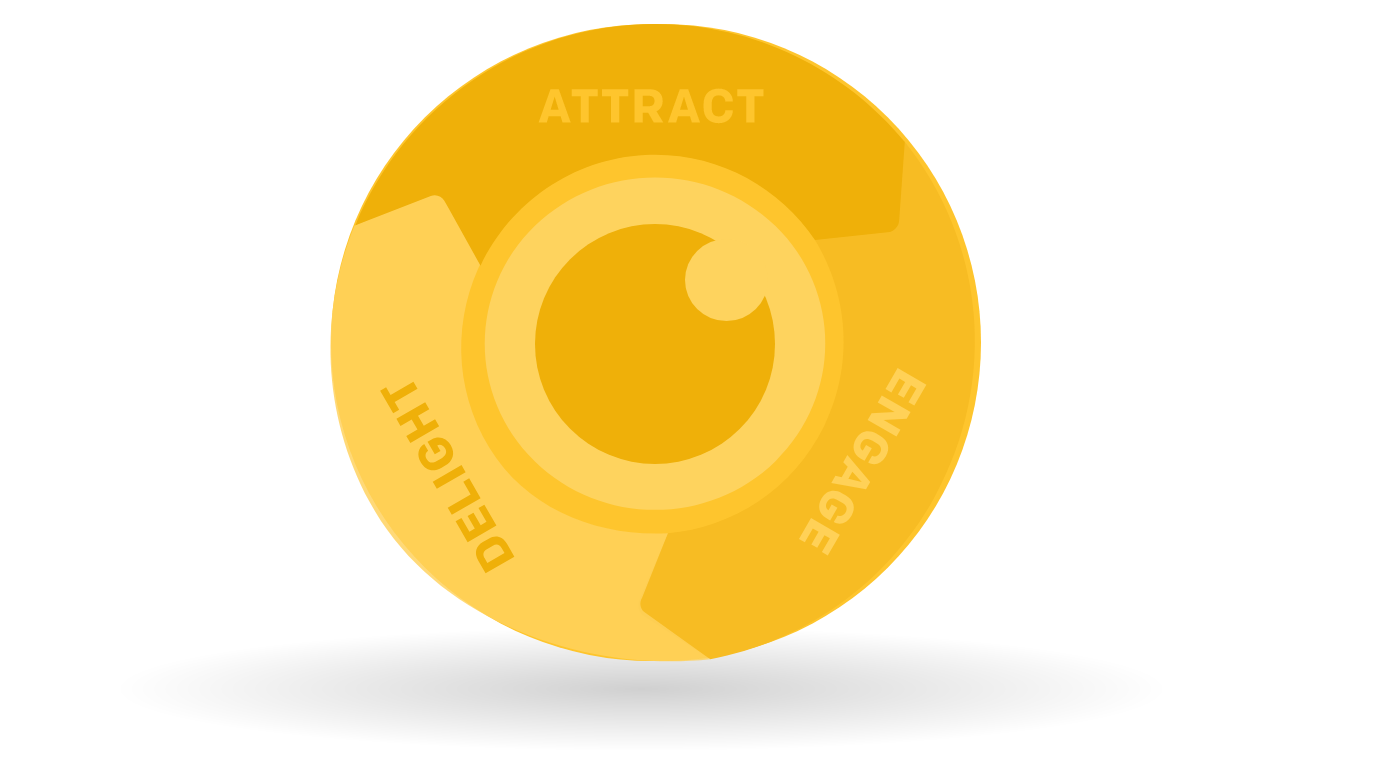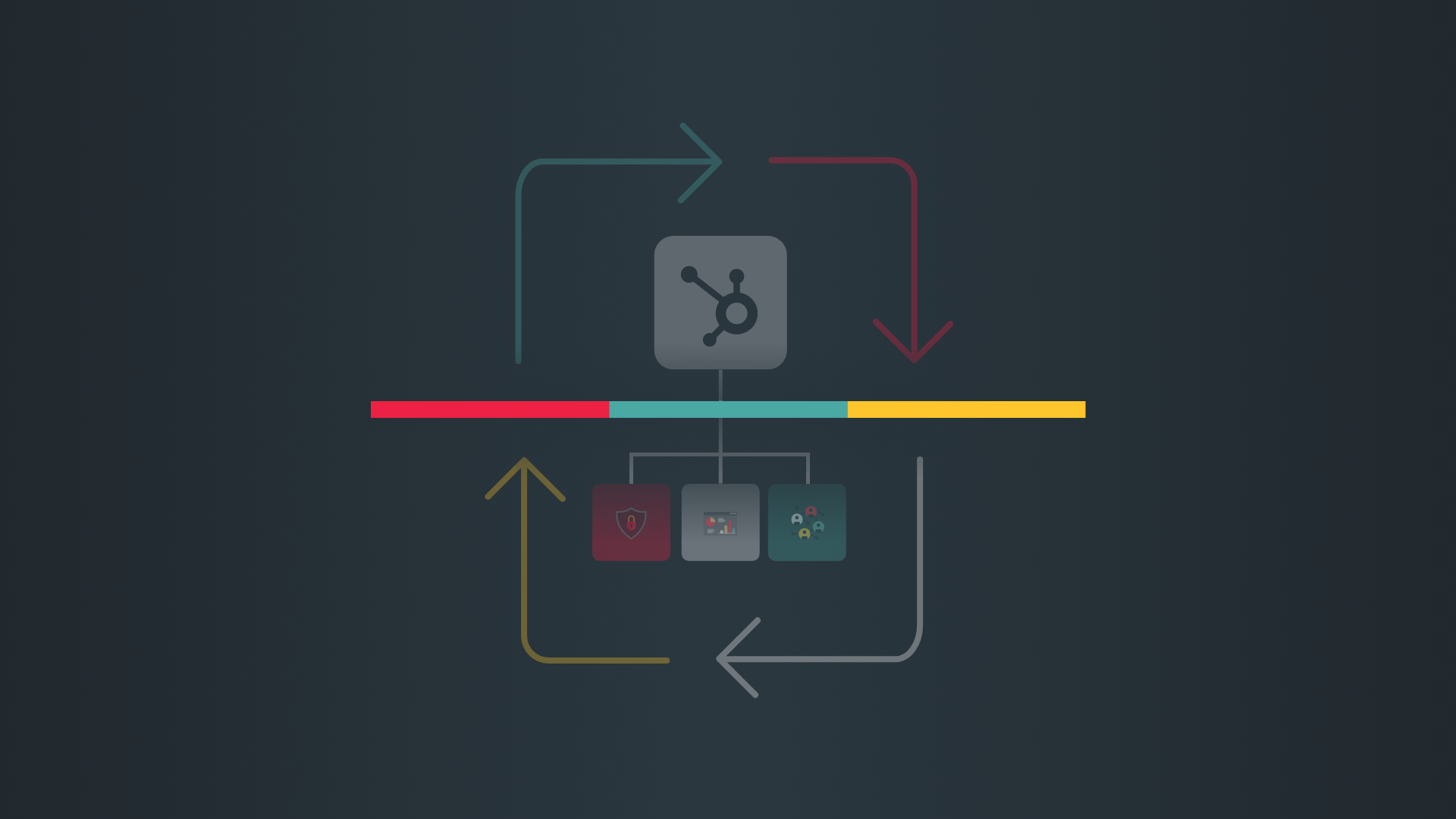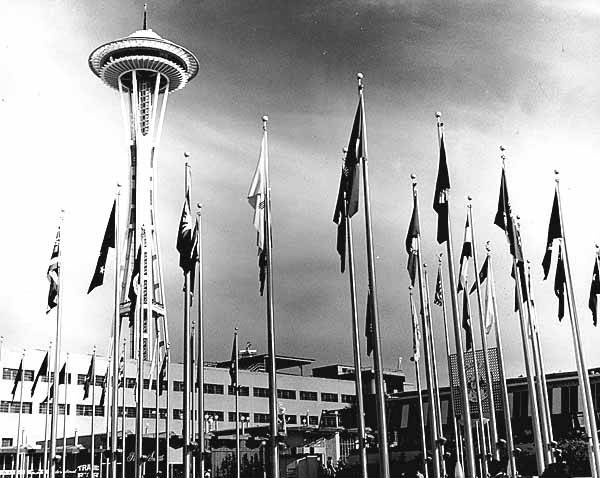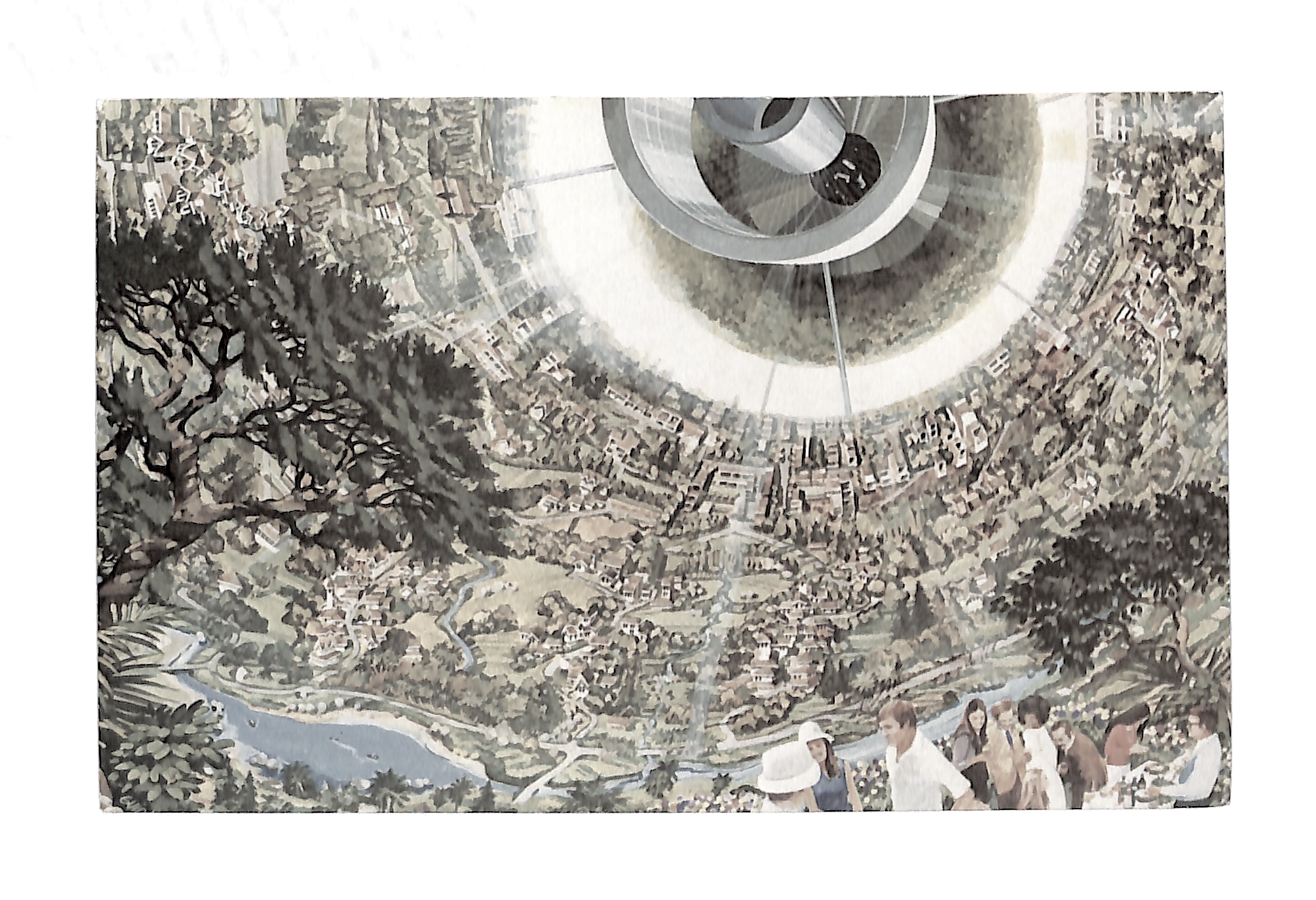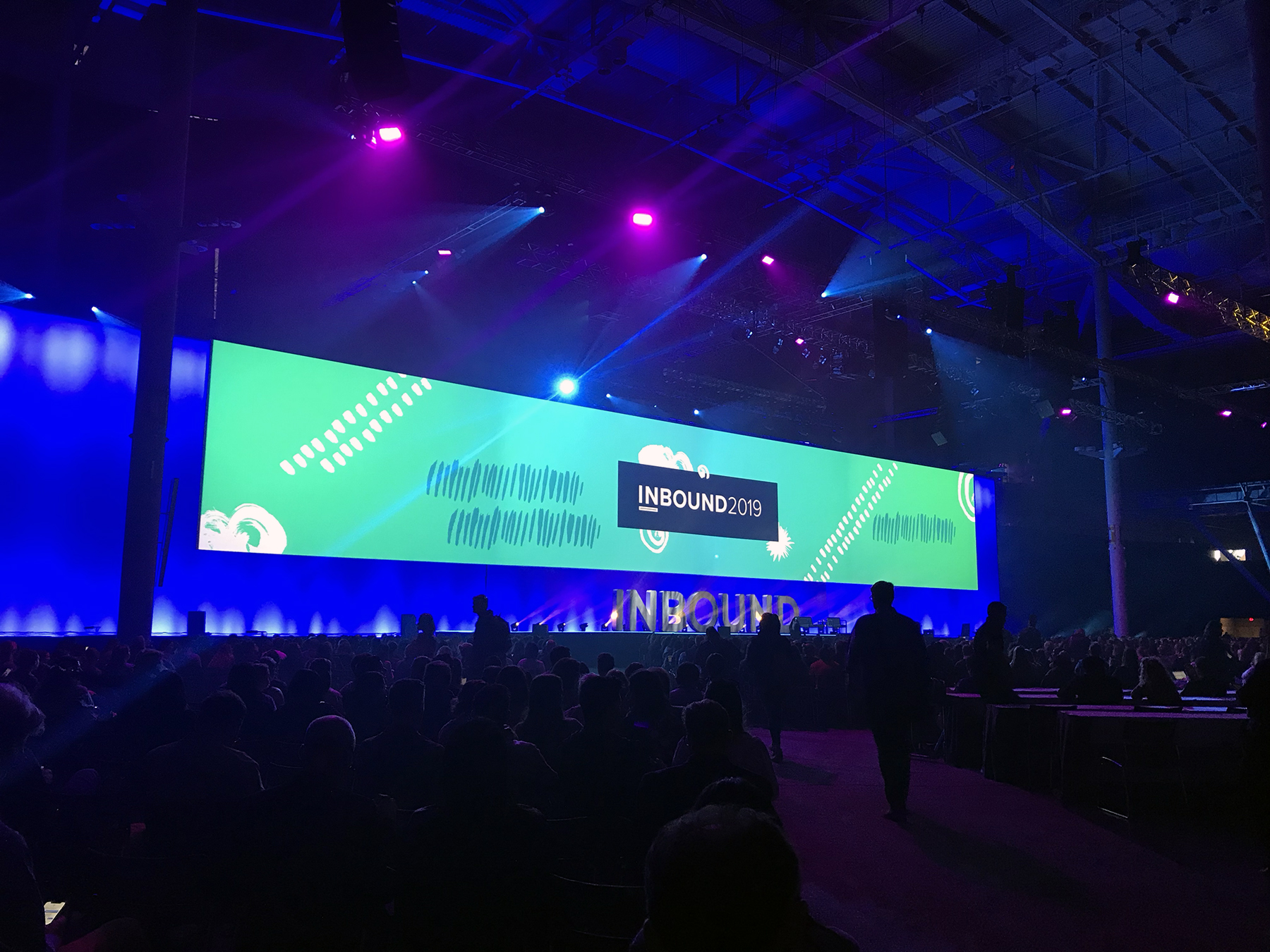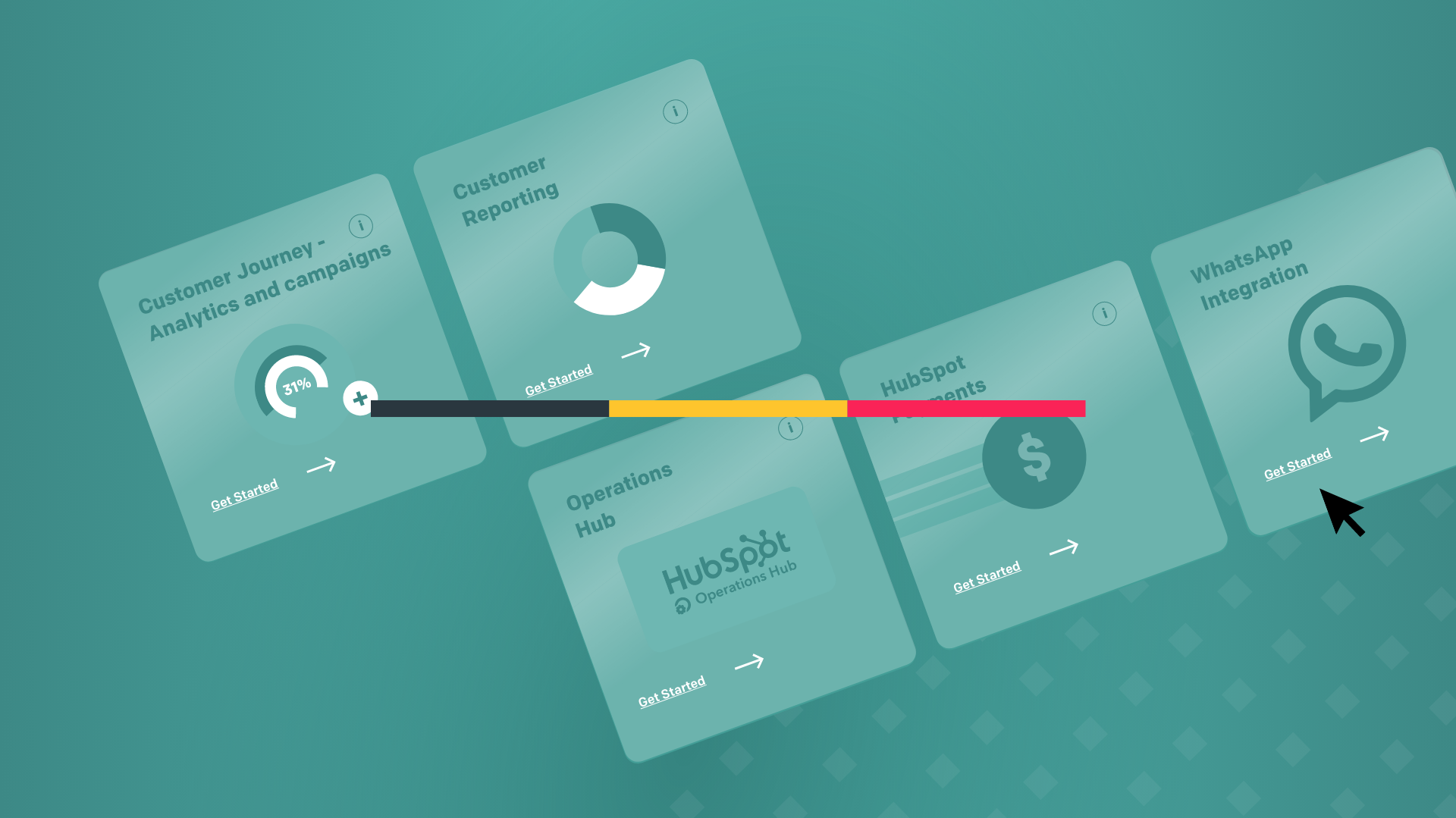Whether you’ve dipped your toe into the world of marketing and sales or fully immersed yourself, you’re likely familiar with the concept of a sales funnel. A version of the sales funnel has been around since 1898 (really!) and, while there’s still a place for it today, we’re here to talk about a somewhat updated approach.
Keep Your Eyes on the Spinning Wheel
The limitation of the sales funnel is that it ends. HubSpot envisioned a different approach, one that wasn’t about moving prospects on a journey from Point A to Point B but, rather, building genuine, ongoing relationships. They called it The Flywheel Model.
While flywheels can be different sizes and spin at different speeds, there are typically three stages: Attract, Engage, and Delight. Each stage flows into the next, building momentum through a series of experiences and interactions. As momentum builds, the flywheel gains speed, generating more and more loyalty. The relationship between customer and company grows beyond the Delight stage, resulting in long-term customers and brand ambassadors.
The whole point of the flywheel is to nurture and care for people at all stages of their relationship with your company, rather than disappearing when a deal is won. This shift to a more relational model encourages repeat sales and referrals and, also, does wonders for your reputation as an organization that truly cares about its customers.
Don’t Throw Away Your Funnel
That isn’t to say you need to toss your sales funnel in the metaphorical trash heap, because the funnel still works. It has a solid purpose. At ABN, we utilize it in many of our campaigns because it’s proven to drive B2B sales results and is an efficient way to organize lead generation around individual touchpoints in the customer journey.
A basic sales funnel might include 4 stages such as: Awareness, Interest, Consideration, and Decision, though there are certainly variations on this structure. If you’re taking the traditional approach, once your leads take action, or convert, it’s time to move on to other prospects.
Reconsider hanging a giant “Mission Accomplished” sign above your desk and allowing your new customer to flounder. Instead, keep your focus on the long-term health of your organization by transforming that customer into an enthusiastic advocate.
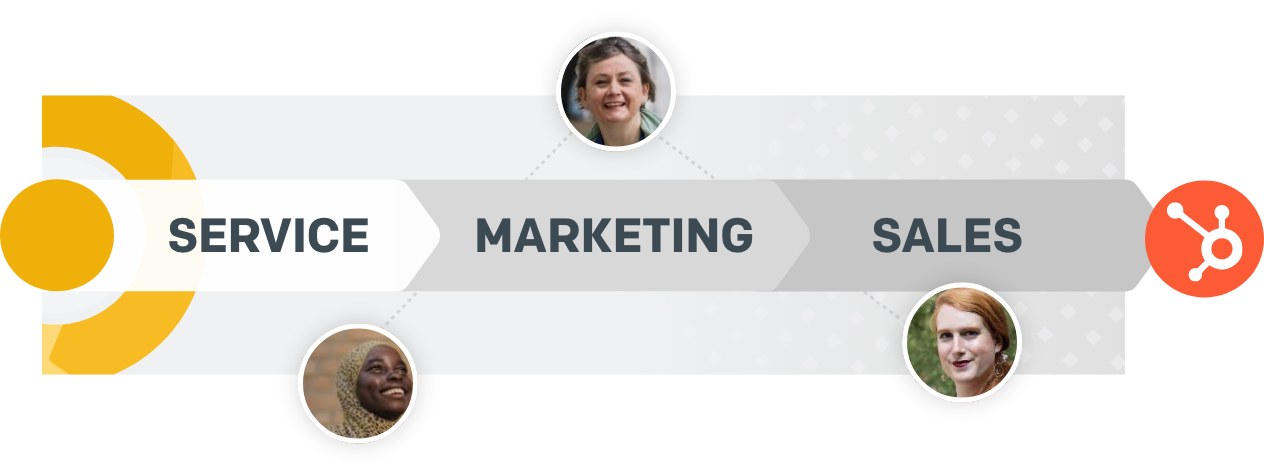
Incorporate Flywheel Thinking Into Your Organization
As HubSpot claims, “When you think about your business as a flywheel, you make different decisions and adjust your strategy.” To effectively reap the benefits of The Flywheel Model, you can’t think in terms of a singular marketing action. What we’re talking about is realigning your entire organization and changing the way you interact between departments and with your customers.
Here are three ways to get started:
1. Evaluate handoffs
Friction has a detrimental effect on your flywheel, slowing it down and limiting the success of your efforts. Friction can include things such as gaps between stages, misalignment between departments, or poor communication.
One of the key ways to reduce friction is to take a close look at your handoffs—all the transitions in the customer journey between marketing and sales, sales and customer success, and customer success back to sales. Keep those moments smooth, with clearly charted processes and constant communication, and your flywheel will spin faster and faster, like a hamster wheel of pure excitement.
2. Adjust your content strategy
When building content marketing strategies, marketers naturally focus on creating and optimizing materials that will generate the most leads and contribute to making sales. However, content can play an expanded role when it also provides value to existing customers.
Consider identifying existing content resources that can be utilized in customer success. Or, if you have the resources to do so, create content that addresses both audiences. Is there a question your existing customers frequently ask? Building out a blog post to address that common query could be another path to delighting your customers, rather than discarding them.
3. Map out the entire customer journey
Beginning at the initial sales engagement, go through every step of the customer journey until the point at which your customers complete work with you. Each touchpoint is an opportunity to design a unique experience. Try to uncover places where you can reduce confusion or add a personal touch to your marketing materials.
Keep in mind that this should be an ongoing process, as the experiences you’re creating can always be strengthened, improved, and expanded, especially as further data emerges.
First Steps to the Flywheel
Does that seem like a lot? Okay, fair, getting your whole organization thinking in terms of a flywheel takes time, effort, and intentionality. It’s no small task. But, you don’t have to make the switch in one enormous swoop. Pick a place to get started. Ask yourself which area offers the greatest opportunity for impact, address it, then move on to the next.
In time, you’ll see that your customers are more excited and engaged, more willing to talk about your product or service, and far more likely to return.
Learn how to generate the right leads to fit your high-value product or service. Download our free eBook today.
Don’t miss out, get Brave News now
Join the ABN community and be the first to learn about trends in inbound marketing, branding, and web design.

